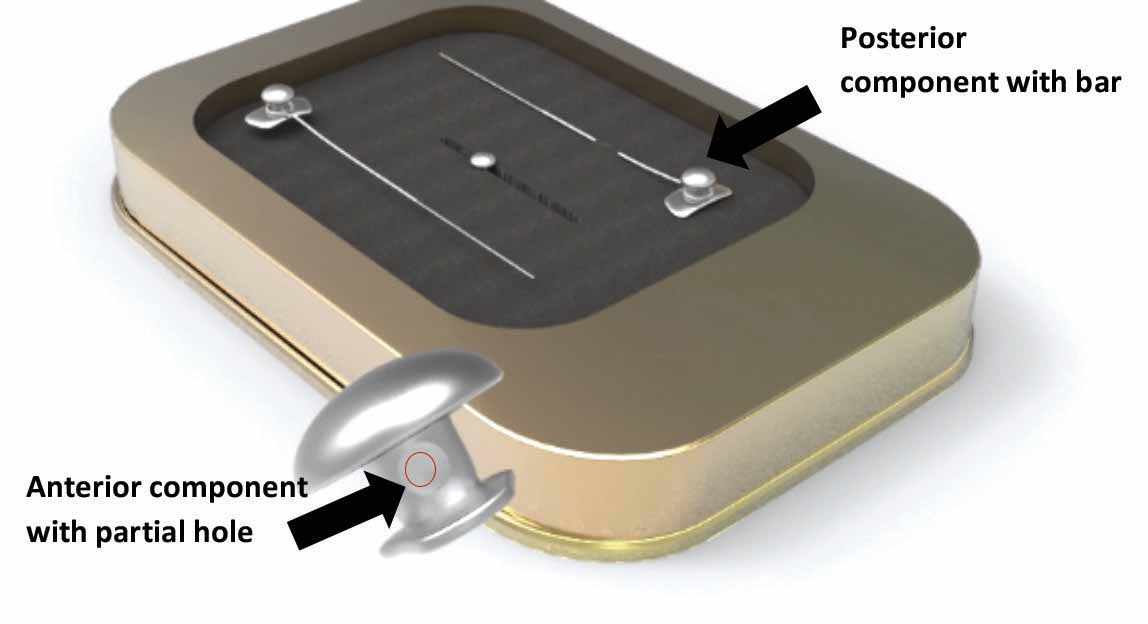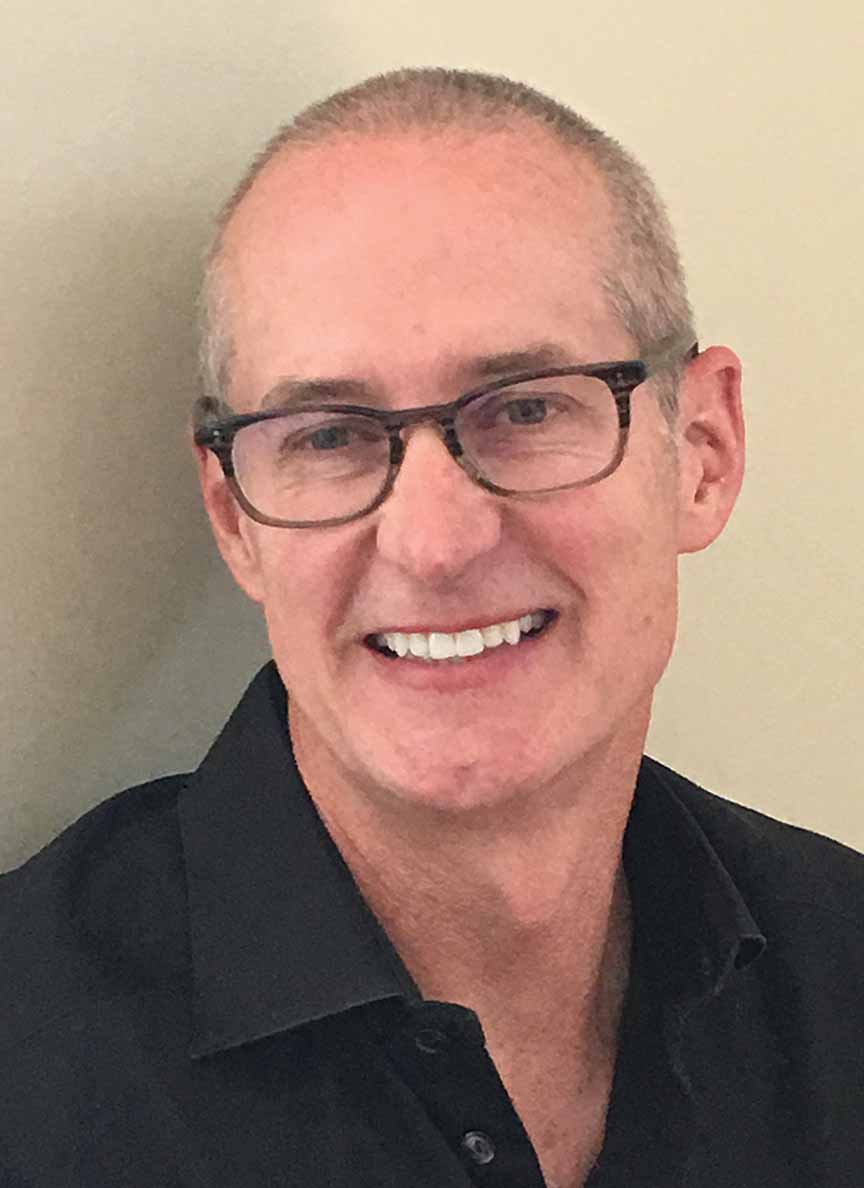Dr. Todd Dickerson discusses a method to correct an anteroposterior discrepancy early in treatment
What once took weeks in our society now takes a fraction of that amount of time, thanks in great part to advances in technology. A simple example from the not-too-distant past would be how it was common to wait 6-8 weeks for an order via mail or over the phone to arrive. Now, with Amazon, we place an order online and have that same delivery in 2 days rather than 2 months. In some cases, that shipment can appear on our doorstep in a couple of hours. Most things that new technology has touched over the past 20 years have resulted in an expedited process. In fact, this is so much the case that we as consumers expect this expediency and look elsewhere if we don’t find it.
Take a simple example in orthodontics — digital photography. Gone are the days of waiting for the slides or photos to be developed. We now take digital photographs of our patients at their initial exams, and 10 minutes later are showing the cropped images to those patients during their consultation. Those who have implemented digital technology could not imagine reverting to developing film again and waiting a week for the processed images.
Our society expects nearly everything to be faster and more efficient than in the past. We live in a world of immediacy and instant gratification. Patients today expect treatment to be faster and more efficient than ever. That is one reason the average patient burns out at around 12 months. As orthodontists, we want to have as much of a patient’s treatment completed prior to this 12-month mark. After 12 months, breakage, and missed appointments increase while compliance and the quality of oral hygiene decreases.
It can be difficult to obtain anteroposterior (AP) correction at the end of treatment if that correction is dependent on cooperation from a burned-out patient. This is a convincing reason to be focused on establishing a good AP relationship early in treatment. I have found that compliance is best at the beginning of treatment, so AP correction can be easier to achieve at that time and can save appointments and time at the end of treatment.
Following are three cases using one method, the D2Appliance™ (D2Appliance, Phoenix, Arizona), to more quickly correct an anteroposterior discrepancy early in treatment. This method can be used with brackets, aligners, or space maintainers. The D2Appliance™ is a patented product that uses a decrease in resistance to accelerate posterior Class II correction.
Case 1


This 13-year-old male had been in braces for 12 months of the projected 18-24 month treatment when he and his family moved out of state. The patient was admittedly burned out and hadn’t worn elastics in 6 months. All third molars were present, but no root formation was evident (Figure1).
Treatment plan



The patient agreed to re-engage and wear elastics if his braces were removed while anteroposterior was corrected. Following removal of his current braces, a D2Appliance™ was placed on teeth Nos. 3-6 on the maxillary right side to correct the end-to-end molar and cuspid occlusion. A D2Appliance™ was also placed on teeth Nos. 4-7 on the maxillary left side. Molar and cuspid occlusion on the left was a full-step Class II. Buttons for elastics were placed on the mandibular 6’s, and an overlay was fabricated for fulltime wear along with the 1/4″ 4 oz. elastics (Figure 2).
At the first return appointment at 7 weeks (Figure 3), the occlusion on the right was nearly corrected, and the left side improved to an end-to-end occlusion.
The second appointment at 4.5 months (Figure 4) showed both sides had corrected to Class I molar. Space also opened distal to the maxillary left first bicuspid. Note anterior bite opening as well as how the maxillary left cuspid has moved to the distal on its own, presumably from the transeptal fiber pull.
The final alignment following 9 months of treatment with braces is shown in Figure 5.
Case 2 — in combination with aligners




One of the most difficult corrections to accomplish with aligners is concurrent AP improvement. Using a combined approach decreases the force and time needed to bring molars into Class I alignment while also reducing the number of required aligners. In this case, a 25-year-old female sought clear aligner therapy and also desired correction of her overjet (Figure 6).
Treatment plan
Invisalign® (Align Technology, San Jose, California) treatment was combined with the D2Appliance™ to maxillary teeth Nos. 4-6 to maximize esthetics.
Figure 7 shows initial bonding and aligner delivery. Figure 8 shows first appointment back at 12 weeks.
At 6 months (Figure 9), the mandibular arch is level and ready for refinement, and the D2Appliance was removed in order to finish treatment with aligners alone.
Case 3 — Class III correction



Note this is an off-label use since the appliance was originally intended for Class II correction only. The patient is a 14-year-old male with significant Class III prominence.
Treatment plan
Treatment included full braces with the D2Appliance™ on lower to improve cuspid and molar relations. Note that the third molars were present before and after treatment, although removal would normally be recommended (Figure 10).
At the 4.5 month appointment (Figure 11), note apparent overcorrection, which is partially due to compressive response in mandibular joint area. Without the apparent overcorrection, the bounce back will leave the bite incompletely corrected.
Final photos at 20 months are shown in Figure 12.
Discussion

In all cases, the bite will tend to open in the anterior. This is beneficial in deep bite cases, but care needs to be taken in open bites such as the one above. End-to-end molar correction usually occurs in 8-12 weeks, while full Class II cusp cases often require 4-6 months.
D2Appliance™
The D2Appliance™ is a patented Class II orthodontic distalizing appliance that isolates the segment to be distalized, thus reducing the resistance to movement. This decreased resistance is more efficient use of elastic force because once the posterior segment is in proper anteroposterior occlusion, the posterior teeth are used as anchorage to retract the remaining dentition. The D2Appliance™ consists of two parts: a posterior component, which has a free-floating metal bar attached, and an anterior component to bond onto the cuspid or premolar. The posterior bar is cut to length chairside or in the lab to fit any size span. The posterior bar inserts into the anterior component post which has a hole that penetrates partially through the anterior post. The appliance is universal, so each component fits both the right and left sides. Elastic wear maintains compression of the appliance.
Bonding: The posterior component is measured to length, cut, and bonded to the posterior tooth. The anterior component is then slid onto the bar and bonded to the anterior tooth. The bonding procedure takes 5 minutes or less chairside.
Stay Relevant With Orthodontic Practice US
Join our email list for CE courses and webinars, articles and mores

 Todd Dickerson, DDS, is an orthodontist in private practice in the metropolitan Phoenix area. His primary orthodontic interest is efficient accelerated treatment and its application in private practice. Dr. Dickerson has served on clinical advisory boards for multiple orthodontic companies and lectures both in North America and abroad. For questions regarding this article, please contact Dr. Todd Dickerson at
Todd Dickerson, DDS, is an orthodontist in private practice in the metropolitan Phoenix area. His primary orthodontic interest is efficient accelerated treatment and its application in private practice. Dr. Dickerson has served on clinical advisory boards for multiple orthodontic companies and lectures both in North America and abroad. For questions regarding this article, please contact Dr. Todd Dickerson at 
